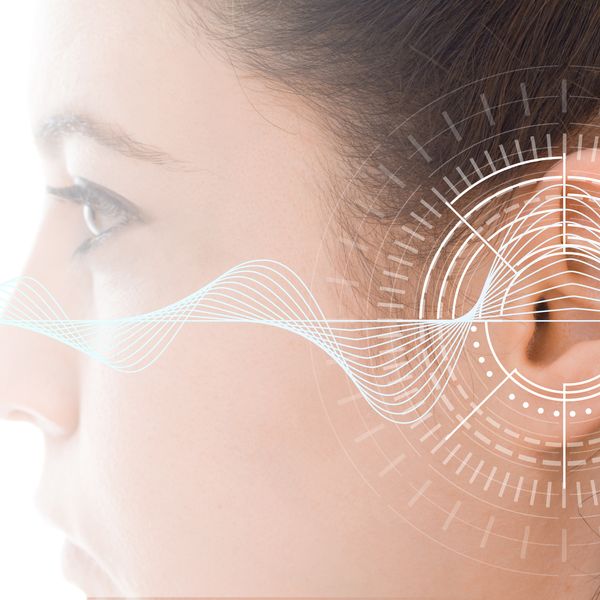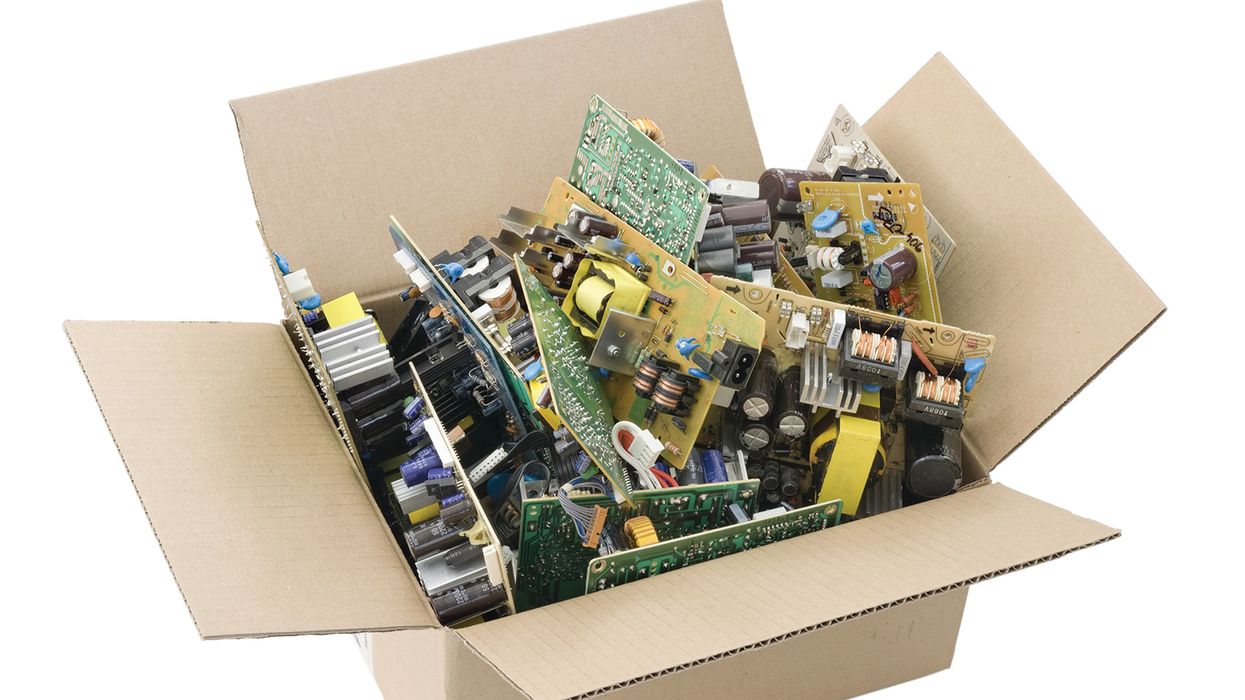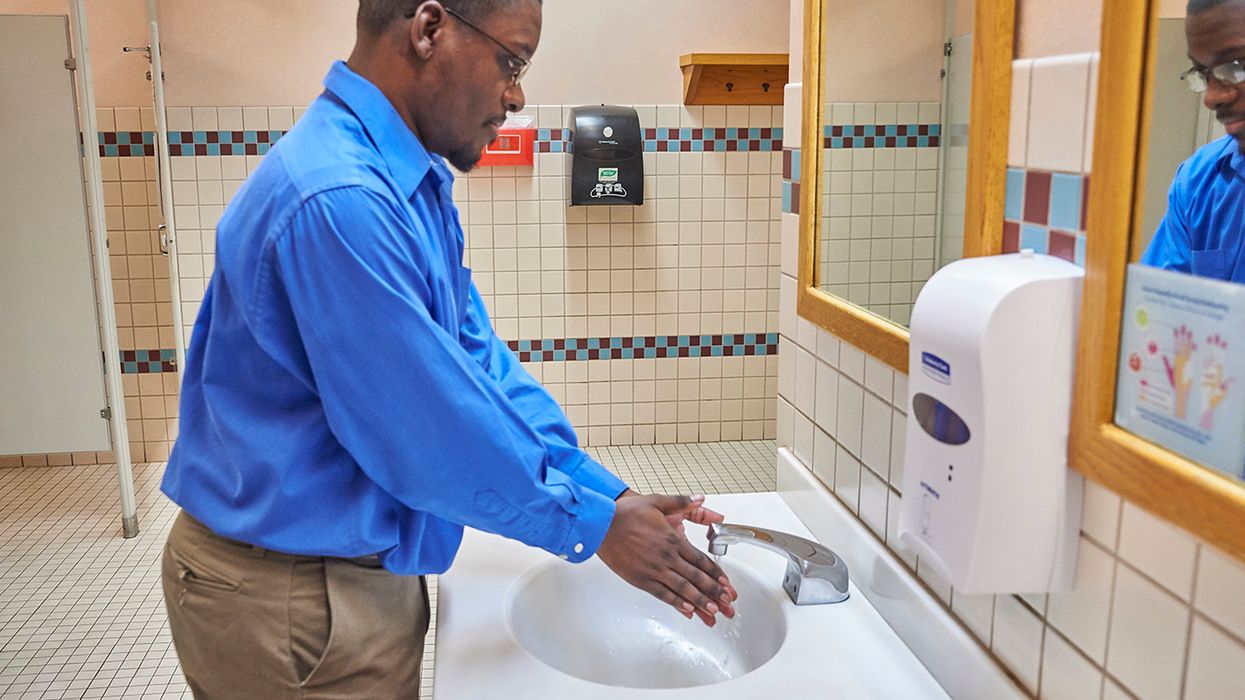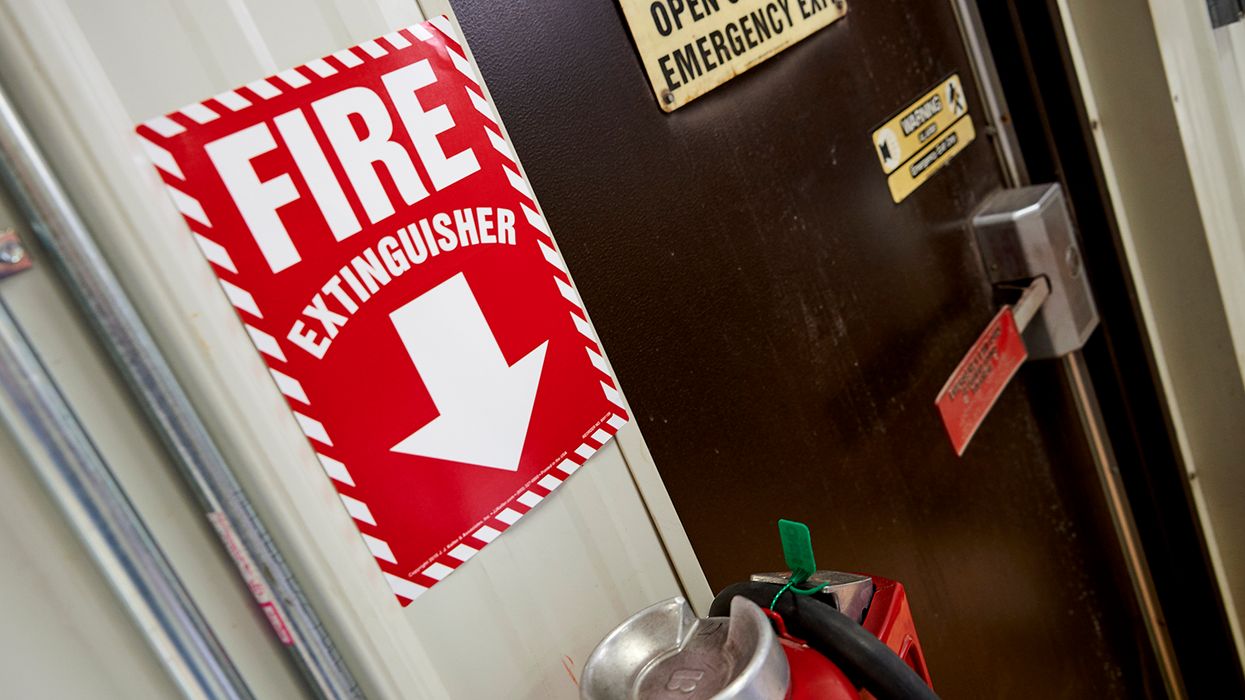Study offers tips for retaining drivers with hearing loss
Commercial drivers who are deaf or hard of hearing face unique challenges but there is no clear evidence that they’re at increased risk of a crash, according to a new report from the Federal Motor Carrier Safety Administration (FMCSA).
After a review of available research and interviews with experts, the agency concluded that:
- There’s not enough evidence to say whether drivers with hearing loss are safer or less safe than other drivers.
- Drivers who are deaf or hard of hearing face unique challenges, such as communication barriers during training and roadside inspections, and limited access to adaptive technologies in their vehicles.
- The process of training deaf students, however, is not significantly different, longer, or more difficult than for other students.
The regulations, and exemptions
Under the FMCSA’s hearing standards, drivers must be able to hear a whispered voice in at least one ear at not less than five feet away, with or without the use of a hearing aid. If tested using an electronic device, drivers must not have an average hearing loss in the better ear of more than 40 decibels.
Drivers who are unable to meet the standard can apply for an exemption that would allow them to drive in interstate commerce. For more information about exemptions, see: www.fmcsa.dot.gov/medical/driver-medical-requirements/driver-exemption-programs.
Recommendations
The study, Investigating the Safety and Training of Commercial Motor Vehicle Operation by Deaf and Hard of Hearing Drivers, includes numerous recommendations for hiring, managing, and retaining drivers with hearing loss, as summarized below.
Vehicle adaptions
- Install tactile alerts to replace warning sounds. For example, this could include the air conditioner turning on, vibrations, or lights similar to a “check engine” light.
- Reduce competing noise in the cab.
- Ensure alarms have a wide-band noise frequency to increase the chances of being heard.
- Install a sensor to provide a visual cue for emergency vehicle sirens, honking horns, and other critical sounds.
Adaptions for drivers who are hard of hearing
- Use proper amplification to reduce or eliminate safety concerns through hearing aids.
- Customize hearing aids (when able) to block out background noise and focus on sounds coming from the right side (away from road noise).
- Use Bluetooth hearing aids that can be connected to the cab.
Adaptions for drivers who are deaf
- Use apps and other devices that can help with localization and definition of sounds that cannot be otherwise identified (e.g., a siren, honking horns, etc.).
Recommendations for employers
- Ensure drivers who are deaf or hard of hearing use the same truck every time, to help with familiarization and minimize the need to adapt to different vehicles.
- Support drivers in understanding what accommodations they can expect and plan for in different locations to which they are driving.
- Allow drivers to stop to use their phone or tablet to check for safety messages, etc.
- Clearly communicate that your company is open to hiring drivers who are deaf or hard of hearing, and provide information on accommodations and supportive technologies available in your fleet.
- Use visual aids, written instructions, and digital tools to supplement learning.
- Encourage drivers to develop communication strategies for roadside inspections, such as carrying an explanatory note about their hearing status.
- Foster an environment of open communication where drivers feel comfortable sharing their needs and experiences.
- Periodically review and refine accommodations to ensure they remain effective.
Key to remember: A new FMCSA study sheds light on the challenges that drivers with hearing impairments face and has recommendations for motor carriers to accommodate such drivers.


















































